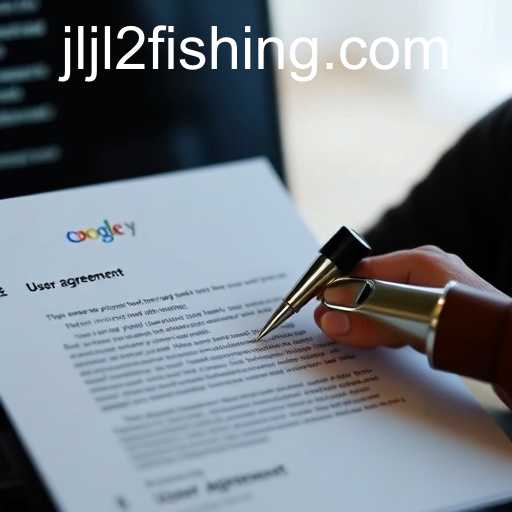User Agreement Explained
The concept of a "User Agreement," often recognized as the cornerstone of the digital interaction between companies and their users, plays an essential role in online and software environments. It sets the rules and standards that both parties agree to follow. An impactful user agreement, such as the hypothetical "jljl2" agreement we will explore today, covers various aspects crucial to safeguarding both the organization and the user's interests. Understanding its intricacies is critical for both users and businesses, ensuring transparency and trust in digital interactions.
Importance of User Agreements
User agreements serve as a legal contract between the service provider and the user. By agreeing to these terms, users consent to comply with the rules and conditions laid out. This contract not only safeguards the rights of the company but also defines user rights and obligations, setting clear expectations. In the competitive digital landscape, a well-crafted user agreement like our example, "jljl2," can significantly impact user trust and loyalty.
Key Elements of a User Agreement
When drafting an exemplary user agreement, several critical elements require attention:
1. Acceptance of Terms
This section outlines how users express their consent to the terms, often through clicking an "I Agree" button. In the "jljl2" agreement, it might also include details about what constitutes agreement and any related user actions.
2. Amendments
The terms covering potential changes to the agreement are vital. Users should be informed about how changes will be communicated, such as through email alerts or notifications, ensuring they remain informed and compliant with updates.
3. Account Security
With growing concerns over digital security, user agreements like "jljl2" detail responsibilities relating to account confidentiality and integrity. Users are often reminded to maintain strong passwords and immediately report any unauthorized access.
4. User Responsibilities
An effective agreement outlines user obligations, including legal usage of the service, respecting intellectual property rights, and not engaging in prohibited activities such as hacking or spreading malware.
5. Company Responsibilities
To balance user obligations, agreements describe company duties, such as maintaining service availability, addressing technical issues promptly, and adhering to privacy standards, as might be detailed in a "jljl2" framework.
Impact of User Agreements
An exemplary user agreement significantly affects user experience and company operations. Well-structured agreements help prevent misunderstandings and disputes, offering a clear legal recourse should issues arise. Notably, agreements tailored like "jljl2" often include:
Legal Protections
A comprehensive user agreement assists in minimizing liability for the company and clarifying recourse for misuse of services. Such agreements frequently incorporate arbitration clauses, limiting the potential for costly litigation by resolving disputes out of court.
User Experience
While legal safeguards are paramount, user agreements must also consider user experience. An agreement like "jljl2" should aim to be understandable, avoiding complex legal jargon that can deter user acceptance or create confusion regarding terms and responsibilities.
Privacy and Data Usage
Incorporating privacy terms is crucial in terms like "jljl2," particularly given global data protection regulations such as GDPR. These terms mandate how user data is processed, stored, and shared, ensuring compliance with legal standards and fostering user confidence.
Creating User-Friendly Agreements
Developing a user-friendly agreement involves several strategic considerations:
Transparency
Simplifying language and providing summaries at the beginning of sections or agreements like "jljl2" ensures users can quickly grasp essential points.
Readability
Utilizing a table of contents and clear headings improves navigation within the document, helping users locate information efficiently, as is often employed in meticulously designed agreements.
User-Centric Design
Incorporating interactive elements, such as clickable summaries or expand/collapse sections, can make hefty agreements more digestible, a design choice mimicked in visionary models like "jljl2."
Conclusion
Understanding user agreements is fundamental in the digital age. They are not mere formalities but intricately detailed contracts shaping the interactions and legal landscape between users and service providers. Drawing from models like "jljl2," companies should strive to develop agreements that prioritize clarity, legal protection, and user experience effectively.








